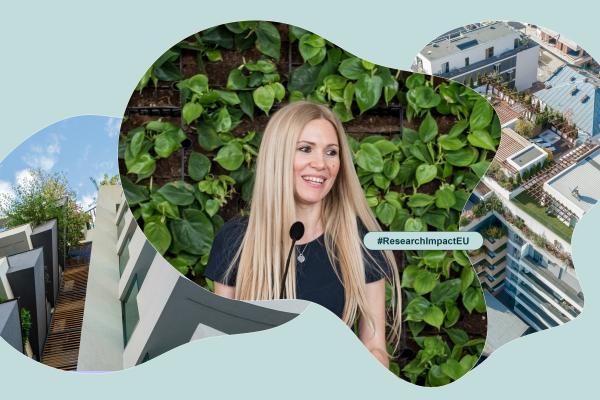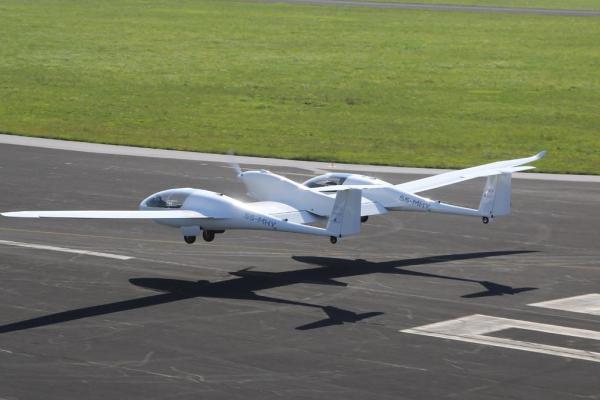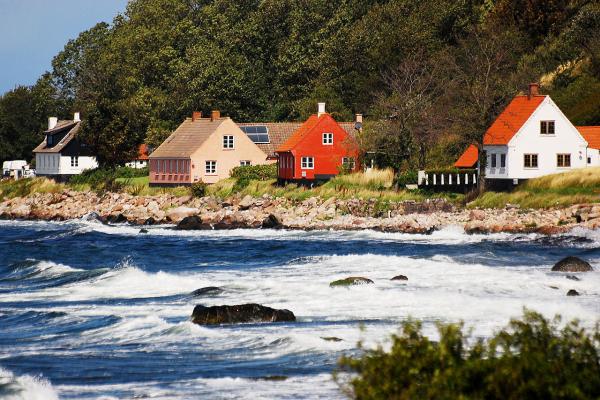Smart windows that control the amount of heat that enters or leaves a building can reduce the need for energy-intensive air conditioning units and help efforts to retrofit Europe’s buildings to make…
Retrofitting Europe’s buildings for energy efficiency is not enough to slash the carbon footprint of the construction sector and cut emissions in time to meet the Paris climate agreement goals,…
Using light as an energy source, photosynthetic microalgae can be used to produce products like biofuels and cosmetics. But algae grown in a reactor block out the light on which they feed. New…
Thanks to rapid computing developments in the last decade and the miniaturisation of electronic components, people can, for example, track their movements and monitor their health in real time by…
Today’s silicon solar panels are an industry standard, but these rigid, heavy blocks may be shunted aside by plastic rivals – lightweight, flexible solar panels that could be printed and stuck onto…
Storing power generated by strong winds or bright sunshine by turning it into liquid fuel such as methanol can help to ensure green energy does not go to waste, without having to rely on batteries.
Today, aviation is responsible for 3.6% of EU greenhouse gas emissions. Modern planes use kerosene as fuel, releasing harmful carbon dioxide into the atmosphere. But what if there was another way?
Food waste, garden cuttings, manure, and even human sewage can be turned into solid biocoal for energy generation, and, if scaled up, could help match the industrial demand for carbon with the need…
Lithium-sulphur batteries, which are lighter and cheaper than today’s models, may be the next generation of power cells that we use in electric cars or mobile phones – if scientists can get them to…
When fish stocks crashed in the Baltic in the late 1990s, the islanders of Bornholm, Denmark, realised they had to reinvent themselves. Their rocky outcrop, some 200km east of Copenhagen, had been in…














